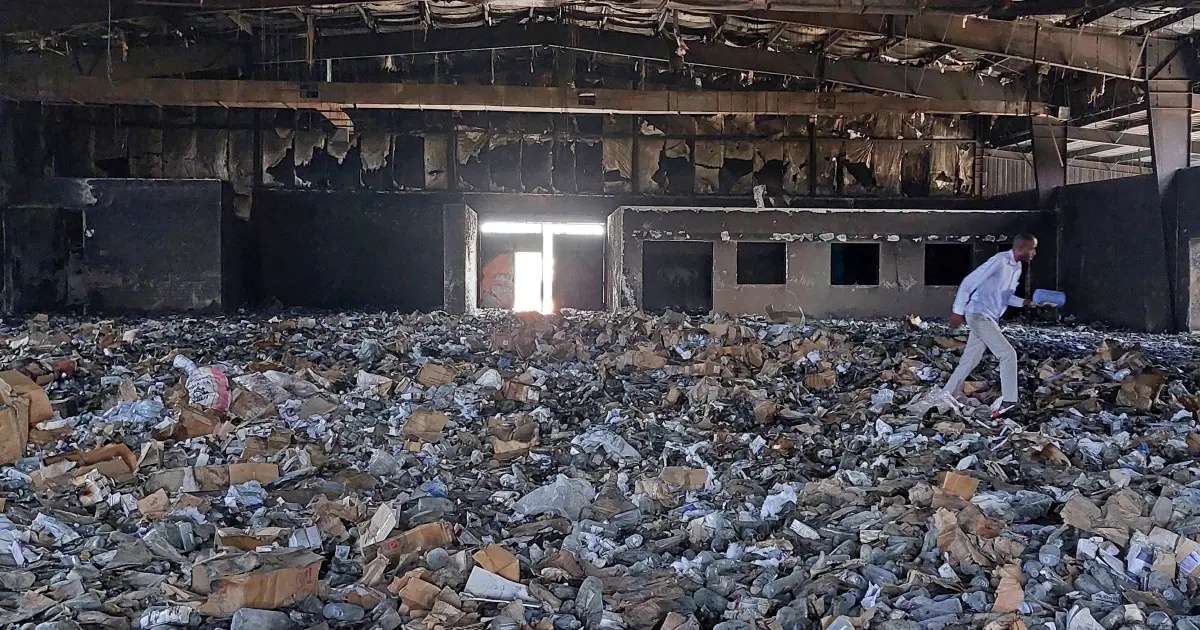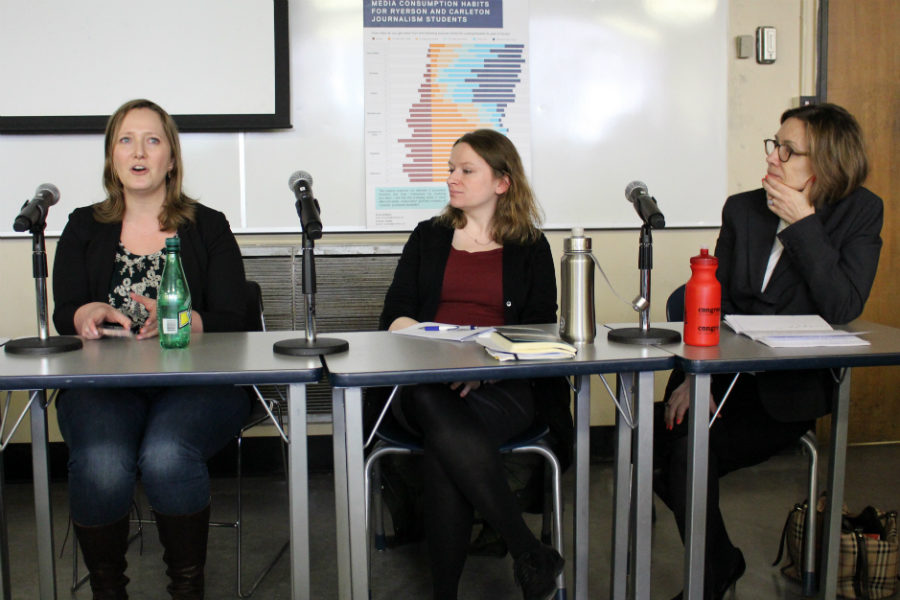Imagine waking up to the sound of gunfire echoing through your neighborhood, forcing you to grab your kids and flee with nothing but the clothes on your back. That’s the harsh reality for millions in Sudan since April 15, 2023, when clashes erupted between the Sudanese Armed Forces (SAF) and the Rapid Support Forces (RSF). What started as a power struggle in Khartoum quickly spiraled into a nationwide catastrophe, marking one of the deadliest conflicts in recent history. As we reflect on that first brutal year, the scars run deep—displacement on a massive scale, famine knocking at the door, and a world that seemed to look away just when help was needed most.
Background of the Conflict
Sudan has long been a powder keg, with decades of civil unrest, economic woes, and ethnic tensions bubbling under the surface. The 2019 ouster of longtime dictator Omar al-Bashir sparked hope for democracy, but a 2021 military coup dashed those dreams, setting the stage for the SAF and RSF—once uneasy allies—to turn on each other. Rooted in disputes over integrating the RSF into the regular army, the fight exploded in the capital, drawing in militias and foreign influences that only fueled the fire.
Key Players Involved
The SAF, led by General Abdel Fattah al-Burhan, controls much of eastern Sudan and claims legitimacy as the government force, backed by Egypt and others. On the flip side, the RSF, under Mohamed Hamdan Dagalo (Hemedti), dominates western regions like Darfur, with alleged support from the UAE through gold smuggling networks. Civilians caught in the middle often bear the brunt, as both sides have been accused of war crimes, including indiscriminate bombings and ethnic targeting.
Timeline of the First Year
From day one, the conflict unfolded like a tragic novel you can’t put down—twists of hope dashed by waves of violence. In the early months, Khartoum became a ghost town as street battles raged, while Darfur saw echoes of past genocides with villages torched. By mid-2023, ceasefires brokered by Saudi Arabia and the U.S. crumbled almost immediately, leading to a siege mentality in key cities.
- April 2023: Clashes begin in Khartoum; airports shut, civilians flee en masse.
- June 2023: RSF seizes control of parts of Darfur; reports of mass killings emerge.
- September 2023: Humanitarian corridors open briefly, but aid trucks are looted.
- December 2023: Fighting spreads to eastern Sudan; famine warnings issued by UN.
- April 2024: One-year mark; over 8 million displaced, with cholera outbreaks spiking.
This chronology highlights how quickly a localized spat became a humanitarian nightmare, with no end in sight even as we hit the anniversary.
Humanitarian Impact After One Year
The first year left Sudan teetering on collapse, with infrastructure in ruins and families shattered. Over 8.6 million people were displaced internally, while 1.8 million fled abroad, creating the world’s largest refugee crisis at the time. Hunger stalked the land, with 18 million facing acute food insecurity, and health systems buckled under attacks on hospitals.
Displacement and Refugee Flows
Families trekked hundreds of miles on foot, often arriving in neighboring Chad or Egypt with stories that would break your heart—like a mother I heard about who carried her toddler through the desert, only to find camps overflowing. By April 2024, Chad hosted over 500,000 Sudanese refugees, straining its own fragile resources. These movements weren’t just numbers; they were lives upended, with children missing school and elders left behind.
Famine and Food Insecurity
Picture markets empty, farms abandoned due to shelling— that’s Sudan’s reality post-one year. Famine was confirmed in parts of Darfur by mid-2024, with 755,000 facing catastrophic hunger levels. Aid groups like the IRC warned of a “system collapse,” as blockades by both sides weaponized starvation, turning bread into a luxury for millions.
Health and Disease Outbreaks
Hospitals became battlegrounds, with over 80% non-functional in conflict zones by the anniversary. Cholera cases surged to 10,000, killing hundreds, while malaria and dengue added to the misery. One aid worker shared a gut-wrenching tale of treating malnourished kids in makeshift clinics, where laughter was rare but resilience shone through—like a young boy who joked about outrunning bullets to fetch water.
| Impact Area | Statistics (April 2024) | Current Update (2025) |
|---|---|---|
| Displacement | 8.6 million internal, 1.8 million refugees | Over 12 million total displaced |
| Food Insecurity | 18 million acute cases | 25.6 million, with famine in 10 areas |
| Health Crises | 10,000+ cholera cases | 65,000+ cholera, 1,700 deaths |
| Child Impact | 19 million out of school | 17 million still affected |
This table shows the escalation, underscoring why early intervention could have saved lives.
International Response and Challenges
Nations stepped up with pledges, but delivery lagged, leaving aid workers frustrated. The UN launched a $2.7 billion appeal in 2024, but only half was funded, highlighting a global neglect that one diplomat called “woefully inadequate.” Efforts like U.S.-led talks in Geneva aimed for ceasefires, yet foreign arms flows—allegedly from Russia and UAE—complicated peace.
Pros and Cons of Aid Efforts
Pros: Organizations like UNHCR provided shelters for millions, saving lives through emergency kits and cash aid. Cons: Bureaucratic hurdles and looting meant aid often didn’t reach the frontlines, prolonging suffering.
Comparison: Sudan vs. Other Crises
Compared to Ukraine’s conflict, Sudan’s got less media buzz despite worse displacement stats—12 million vs. 6 million. Why? Perhaps geopolitical interests; Ukraine ties to Europe, while Sudan’s seen as “another African war.” Yet both show how quick aid can stem famine, as seen in Ukraine’s grain deals.
Personal Stories: Voices from the Crisis
I recall reading about Aisha, a teacher from Khartoum who fled with her students amid shelling. “We sang songs to drown out the bombs,” she said, adding a touch of humor to the horror: “At least the kids learned geography on the run!” Her tale, shared via Amnesty reports, humanizes the stats—reminding us these are people dreaming of home, not just refugees. Another, from a Darfur farmer, spoke of losing his herd but finding community in camps, where shared meals sparked unlikely friendships.
People Also Ask: Common Questions on the Sudan Crisis
Drawing from real Google searches, here’s what folks are curious about.
What is happening in Sudan right now?
As of 2025, the war rages into its third year, with RSF advances in Darfur and SAF gains near Khartoum. Famine spreads, cholera kills, and 30 million need aid, but access remains blocked.
Why is there a crisis in Sudan?
It stems from a power grab between SAF and RSF after the 2021 coup, exacerbated by ethnic rivalries and foreign meddling, like UAE gold ties.
What is the extent of Sudan’s humanitarian crisis?
Over 12 million displaced, 25 million hungry, and health systems in tatters— the world’s largest crisis, per UN.
How many people have died in the Sudan conflict?
Estimates range from 20,000 to 150,000, but underreporting in war zones makes it hard to pin down.
Where to Get Reliable Updates on Sudan
For real-time info, head to UNHCR’s Sudan portal (unhcr.org/sudan-emergency) or IRC’s crisis page (rescue.org/sudan). Locally, follow Sudanese journalists on X for on-the-ground insights, like @SudanTribune_EN.
Best Tools and Ways to Help Sudan
Support goes beyond awareness—donate to trusted orgs like Doctors Without Borders for medical aid or World Food Programme for food drops. Best tools include apps like ShareTheMeal for quick donations or volunteer platforms via ReliefWeb. For advocacy, join campaigns at Amnesty International to pressure for arms embargoes.
- Top Aid Organizations: UNHCR, IRC, MSF—each vetted for impact.
- Transactional Tips: Use GiveDirectly for cash transfers to families, ensuring funds reach directly.
FAQ
What caused the Sudan conflict to start in 2023?
Tensions between SAF and RSF over military integration boiled over after the 2021 coup, igniting in Khartoum.
How has the Sudan crisis affected children?
Over 17 million are out of school, facing malnutrition and violence— a lost generation in the making.
Is there hope for peace in Sudan?
Diplomatic talks continue, but with foreign involvement, it’s tough— yet grassroots efforts show resilience.
What role do foreign powers play in Sudan’s war?
UAE allegedly backs RSF via gold, Russia supplies arms to SAF, prolonging the fight.
How can individuals contribute to Sudan relief?
Donate, advocate, or spread stories— every bit helps amplify the forgotten crisis.
Reflecting on that first year, it’s clear Sudan’s pain didn’t end there; by 2025, it’s worsened, with cholera claiming 1,700 lives and famine in 10 areas. Yet amid the despair, stories of survival inspire. Let’s not let another year pass in silence—act now, before more lives slip away. For more on global crises, check our [internal link: /africa-conflicts-hub]. External: Learn from UN OCHA’s reports.



